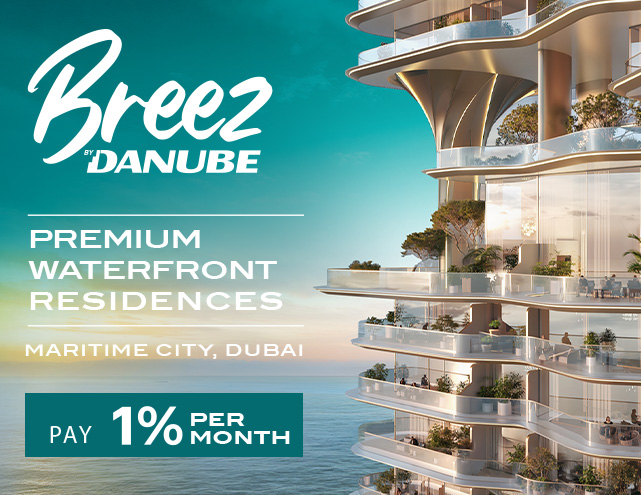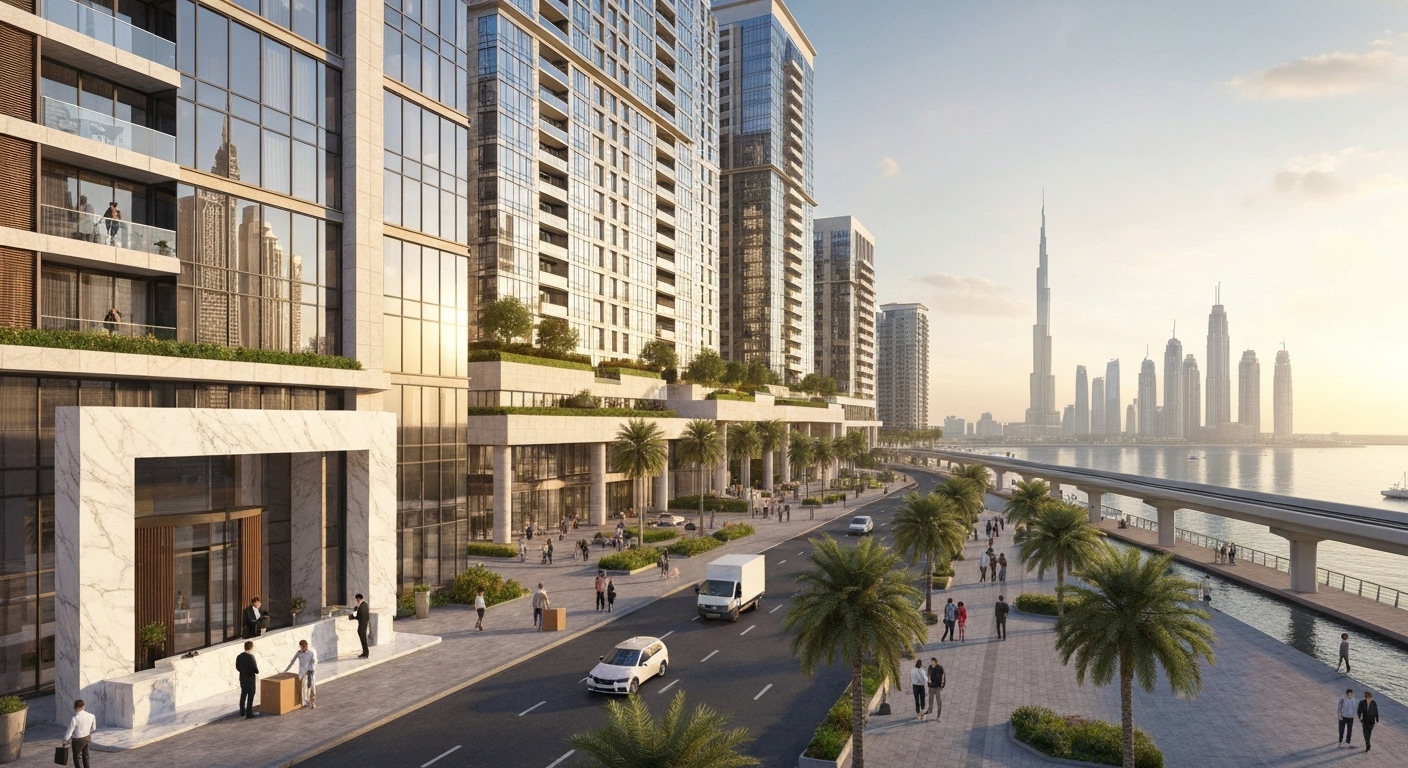Dubai property market predictions for H1 2026 after the 2025 boom are top of mind for investors, buyers, and industry professionals seeking clarity amid evolving economic signals and significant new development supply. This article examines the trajectory of Dubai’s real estate market following its record-setting 2025, delivering focused insights for those navigating opportunities and risks in early 2026.
Recap of the 2025 Dubai Property Boom
Dubai’s property market in 2025 was defined by a convergence of robust investor demand, increasing capital inflows, and tight supply constraints, particularly in popular communities such as Downtown Dubai, Business Bay, and Jumeirah Village Circle (JVC). Key drivers of the boom included favorable visa reforms, an uptick in foreign direct investment, and premium off-plan launches appealing to end-users and global investors alike.
Price benchmarks set during the 2025 boom saw average property values in prime locations approach previous historical peaks. Cash transactions surged, and luxury segments witnessed unprecedented absorption rates, leading to supply shortages and upward pricing pressures across both villas and apartment inventories.
Understanding the Supply Wave: New Property Deliveries for 2026
Looking ahead to H1 2026, a significant wave of new project completions is forecasted, notably in established corridors such as Dubai Marina, JLT, and upcoming communities along the Sheikh Mohammed Bin Zayed Road. Developers who launched projects during the peak of 2023–24 will hand over keys, increasing available inventory in segments ranging from affordable apartments to high-end villas.
This anticipated supply influx is expected to shift market dynamics. Experts predict that the market’s ability to absorb these units will determine whether prices stabilize or experience moderate softening. While excess inventory could lead to short-term corrections in certain micro-markets, quality-driven projects in prime locations are likely to retain value, especially those with unique community offerings or near major transport links such as the Dubai Metro.
Case Example: Segment-Specific Impacts of New Supply
Apartments in new mixed-use developments—especially those near Dubai’s metro—should see heightened competition, which may ease price acceleration in mid-tier segments. Conversely, the luxury villa segment, which experienced the tightest supply during 2025, may remain comparatively resilient if handovers in this category lag behind mass-market apartment deliveries. Investors are thus advised to consider not only the emirate-wide numbers but also the segment and location nuances driving performance in H1 2026.
Market Correction or Sustainable Growth? Analyzing Price Moderation
A central focus of Dubai property market predictions for H1 2026, after the 2025 boom, is whether current prices are sustainable or due for correction. With new supply entering the market, experts anticipate moderation, characterized by a slowdown in the rate of price appreciation rather than an outright decline
Historical cycles indicate that Dubai’s real estate market often recalibrates following intense upcycles, but unlike previous boom-bust eras, stricter regulatory controls and more diverse demand—driven by long-term visas and expat relocation, provide a firmer foundation for price stability. Additionally, end-user activity remains robust, with demand for ready properties and flexible post-handover payment plans supporting transaction volumes even as speculative activity cools.
Key Factors Influencing H1 2026 Predictions
Multiple variables will shape the Dubai property market in early 2026. Currency strength, fluctuating oil revenues, mortgage lending conditions, and shifts in population growth all factor into investor decision-making. Globally, economic policies in key source markets—such as the UK, India, and China—could impact capital flows into Dubai.
Domestically, infrastructure investments—including expansions along metro corridors and enhancements to business districts—are expected to bolster property values in well-connected locations. Supply-and-demand equilibrium will depend not only on delivery volumes, but also on the overall health of employment sectors and Dubai’s ongoing appeal as a safe, global hub.
Investment Strategies for H1 2026: Opportunities and Risks
For investors eyeing H1 2026, discerning market shifts will be critical. Targeting established communities with proven demand, prioritizing ready properties with rental potential, or selecting off-plan projects from reputable developers could provide downside protection. Conversely, over-exposure to oversupplied segments or peripheral locations may elevate risk if price corrections take hold. Risk mitigation strategies—such as diversifying portfolios or locking in favorable mortgage rates—will be particularly important.
Danube Properties’ Vision: Navigating the Evolving Landscape
Danube Properties remains committed to delivering value-driven communities and innovative payment solutions in Dubai’s most promising neighbourhoods. By focusing on quality, timely delivery, and customer-centric offerings, Danube continues to adapt to Dubai’s evolving market dynamics, ensuring investors and homebuyers can thrive in both buoyant and moderated environments.
In conclusion, the outlook for the Dubai property market in H1 2026, following the dynamic 2025 boom, suggests a period of stabilization and selective growth opportunities. By focusing on key data indicators and refining investment strategies, market participants can position themselves to capitalize on Dubai’s enduring real estate appeal. Contact Danube Properties to learn more.




